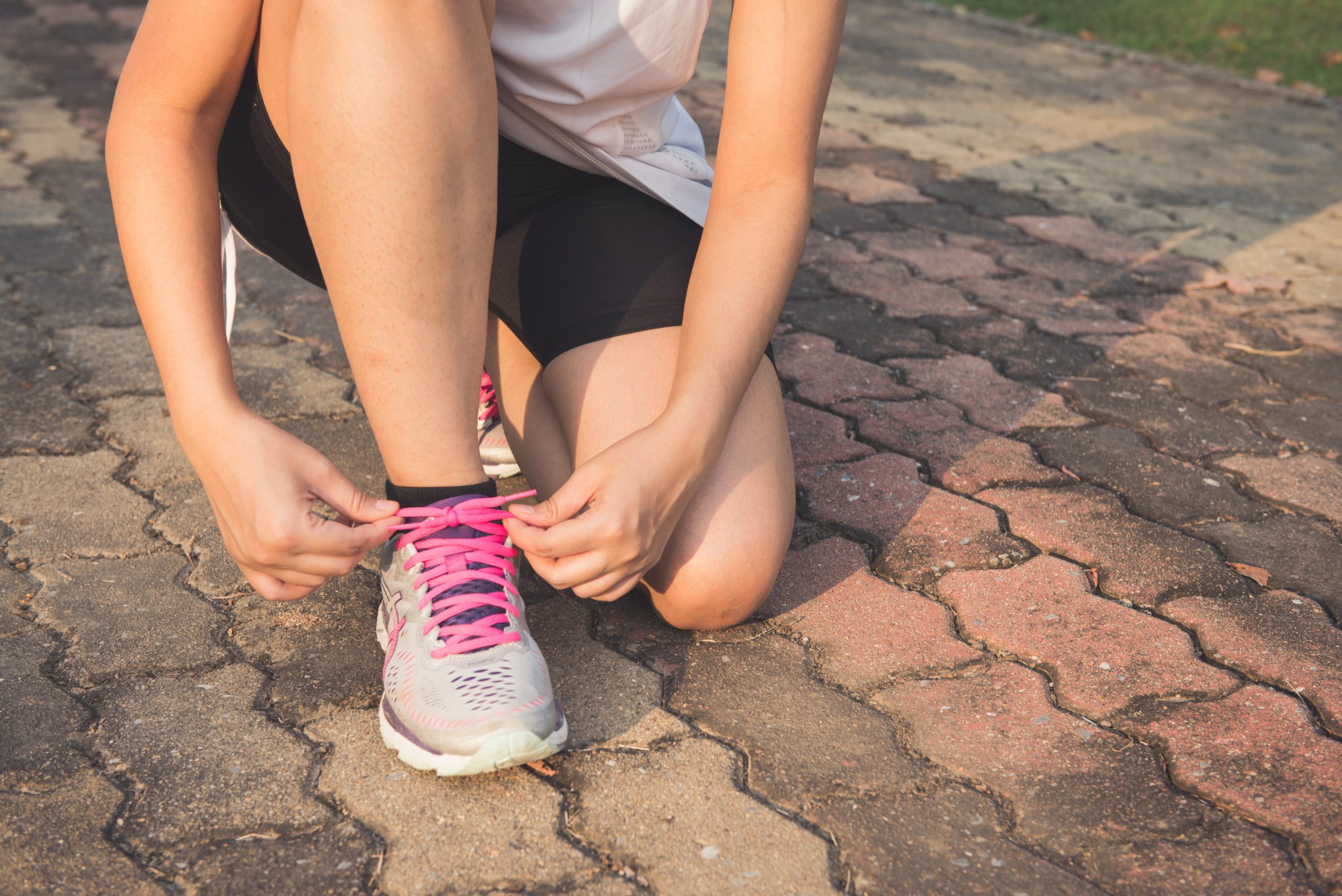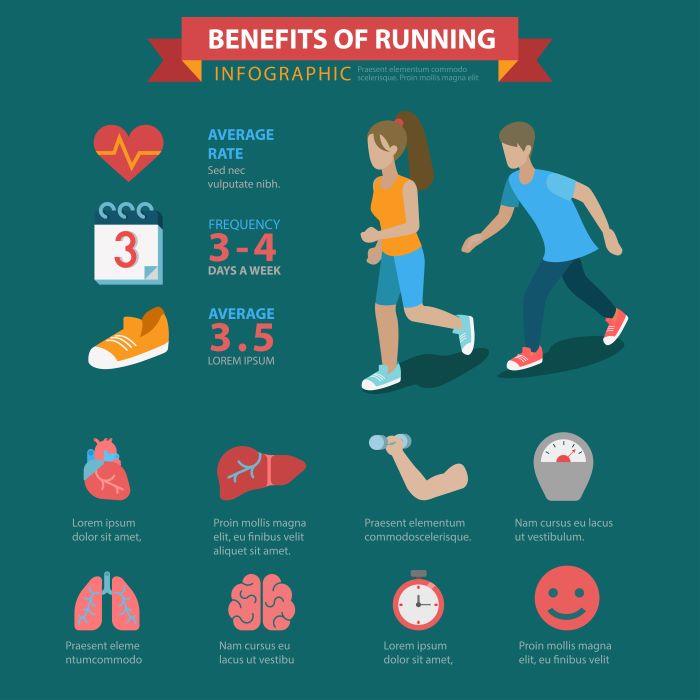When it comes to footwear, the versatility of running shoes is often underestimated. Designed primarily for performance and comfort, these shoes cater to the needs of both serious athletes and casual wearers. But the question remains: can I wear running shoes for everyday use? The answer is a resounding yes!
Running shoes are engineered with several key features that make them suitable for daily activities:
- Supportive Structure: They provide excellent arch and ankle support, reducing the risk of injury during long hours of wear.
- Cushioning: The cushioning technology absorbs impact, making them comfortable for walking, standing, or engaging in light physical activities.
- Breathability: Most running shoes are made with breathable materials that keep your feet cool and dry, enhancing comfort throughout the day.
- Lightweight Design: They are generally lighter than traditional casual shoes, allowing for ease of movement.
This combination not only promotes comfort but also ensures that you can transition seamlessly from a workout to everyday errands. Whether you’re heading to the gym, running errands, or simply enjoying a day out, running shoes can be your go-to footwear.
To explore more about how to integrate running shoes into your daily wardrobe, visit our website to learn more and get started today! Click here.
Benefits of Wearing Running Shoes Every Day
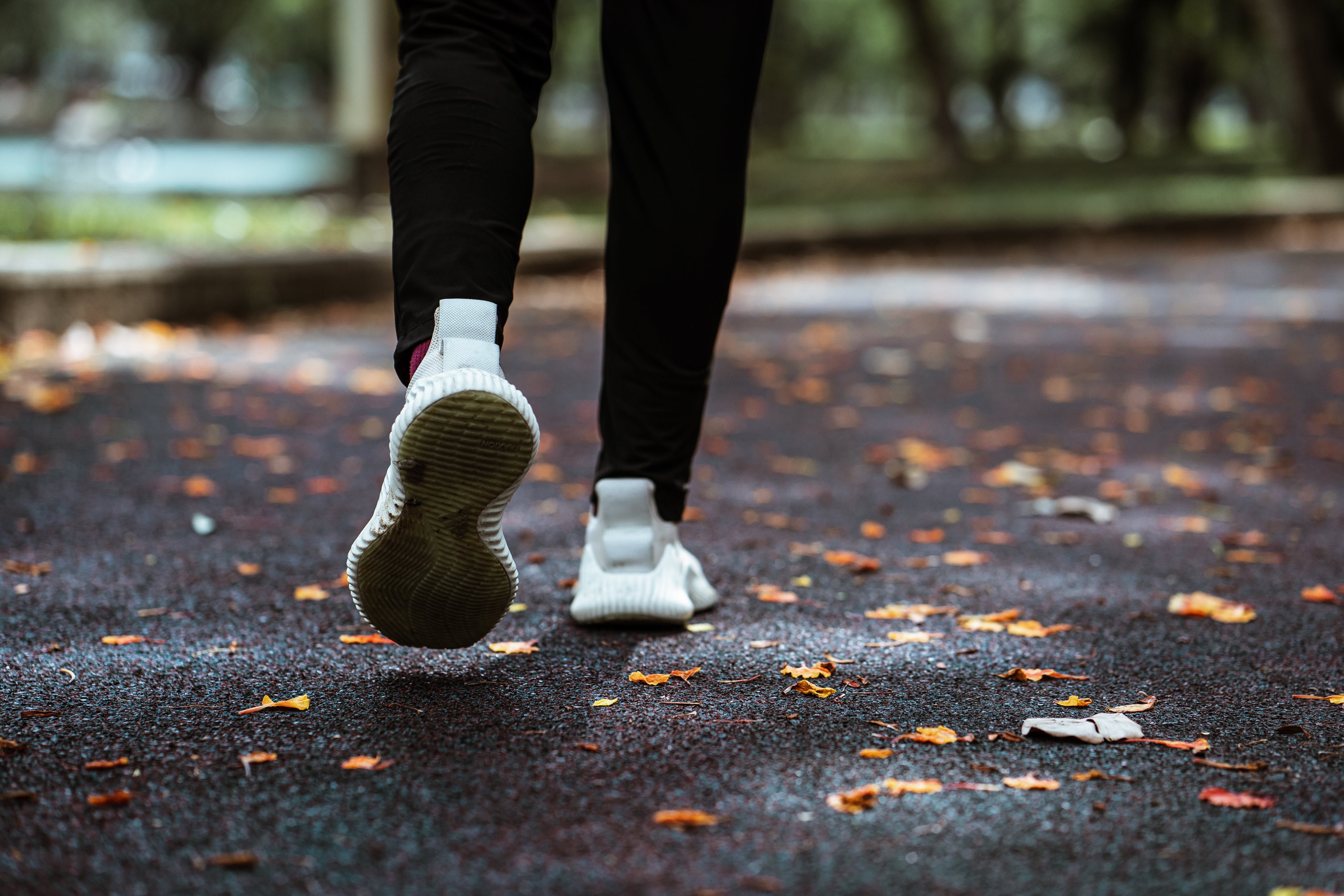
Incorporating running shoes into your daily routine offers a myriad of benefits that extend beyond just comfort. Understanding these advantages can help you make an informed decision about your footwear choices.
Here are some compelling reasons to wear running shoes every day:
- Enhanced Comfort: The cushioning and support systems in running shoes are designed to keep your feet comfortable, reducing fatigue during long periods of standing or walking.
- Improved Posture: A good pair of running shoes can help align your body correctly, promoting better posture and potentially alleviating back pain.
- Injury Prevention: The support and shock absorption featured in running shoes can help minimize the risk of common foot and joint injuries, making them a safer option for everyday wear.
- Versatile Style: With a wide variety of designs and colors, running shoes can easily complement casual outfits, allowing you to express your personal style without sacrificing comfort.
- Durability: Built to withstand the rigors of running, these shoes are often more durable than typical everyday footwear, providing better value for your investment.
By choosing running shoes for your daily activities, you not only enjoy these benefits but also set the stage for a more active and healthier lifestyle.
Considerations for Everyday Running Shoe Selection
Selecting the right pair of running shoes for everyday use requires careful consideration of various factors to ensure you get the most out of your footwear. Here are some essential elements to keep in mind:
- Fit: A proper fit is crucial for comfort and support. Make sure to try on shoes with the socks you plan to wear and walk around to assess how they feel. Your toes should have a bit of wiggle room while the heel should stay snug.
- Arch Support: Consider your foot’s arch type (flat, neutral, or high) when choosing shoes. Many brands offer specific models tailored to different arch types, providing the necessary support to prevent discomfort.
- Cushioning: Look for shoes with adequate cushioning if you plan to be on your feet for extended periods. This will help absorb impact and provide comfort during daily activities.
- Breathability: Shoes made with breathable materials will help keep your feet cool and dry, especially in warmer weather. Look for mesh panels that enhance ventilation.
- Weight: Lightweight running shoes can enhance agility and reduce fatigue, making them an excellent choice for everyday wear. However, ensure that they still offer enough support and durability.
By carefully considering these factors, you can choose running shoes that not only fit your lifestyle but also enhance your overall comfort and performance throughout the day.
How to Style Running Shoes for Casual Outfits
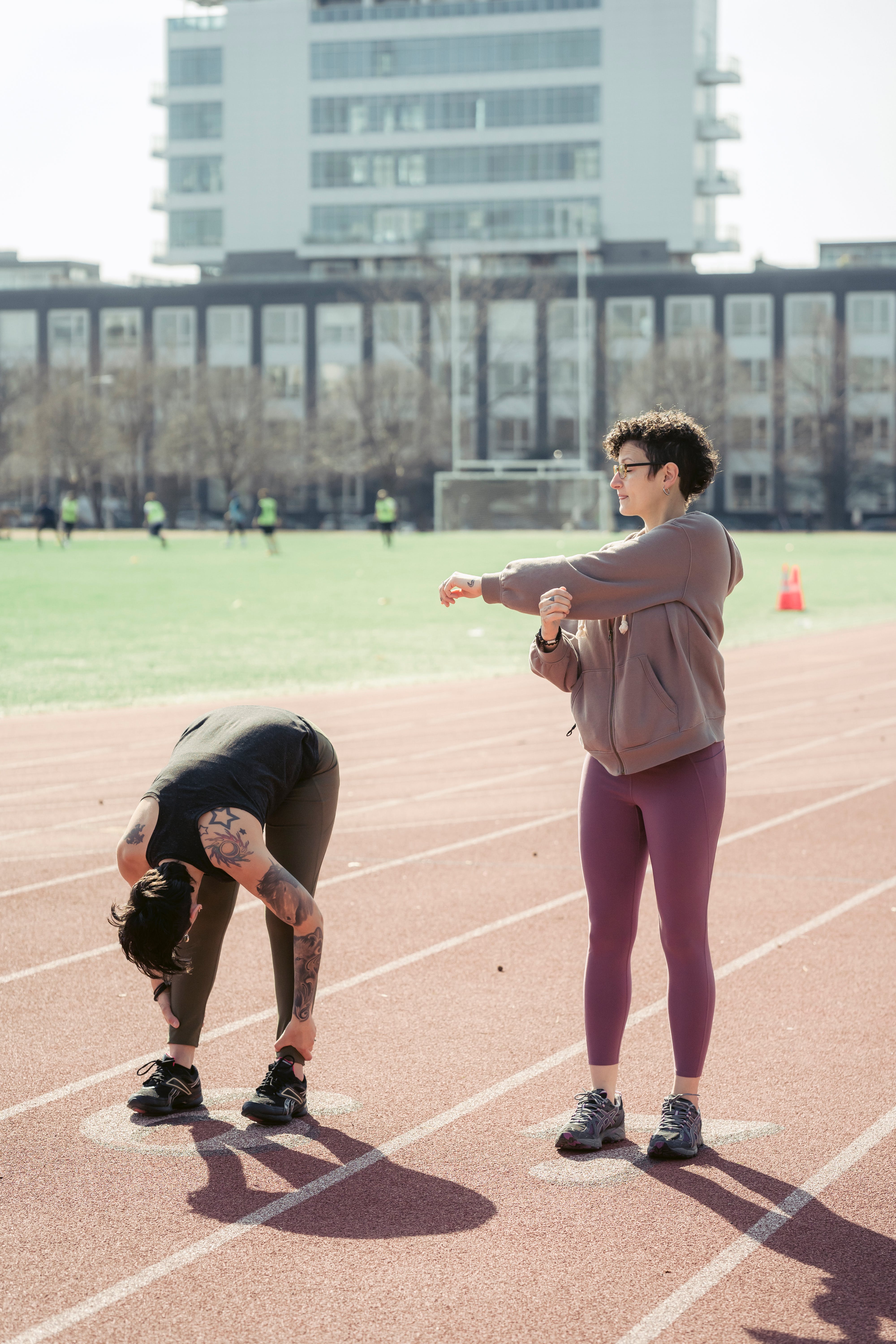
Integrating running shoes into your casual outfits can create a stylish and comfortable look. Here are some tips on how to effectively style running shoes for everyday wear:
- Pair with Jeans: Running shoes pair well with various types of jeans, from skinny to boyfriend styles. Opt for a classic white tee or a casual button-down shirt for a laid-back look.
- Sporty Dresses: Combine your running shoes with a sporty dress for a chic yet comfortable ensemble. This look is perfect for casual outings or weekend brunches.
- Layer with Jackets: Adding a denim or bomber jacket can elevate your outfit. The contrast between the sporty shoes and the structured jacket creates a balanced and stylish appearance.
- Accessorize: Utilize accessories like caps or backpacks to enhance your outfit’s aesthetic. This not only ties the look together but also emphasizes the sporty vibe.
- Color Coordination: Consider the color of your running shoes when building your outfit. Choose complementary colors or go for a monochromatic look for a more cohesive appearance.
With the right combination of clothing and accessories, your running shoes can transition seamlessly from the track to the streets, allowing you to express your personal style while enjoying the comfort they provide.
Caring for Running Shoes for Everyday Longevity
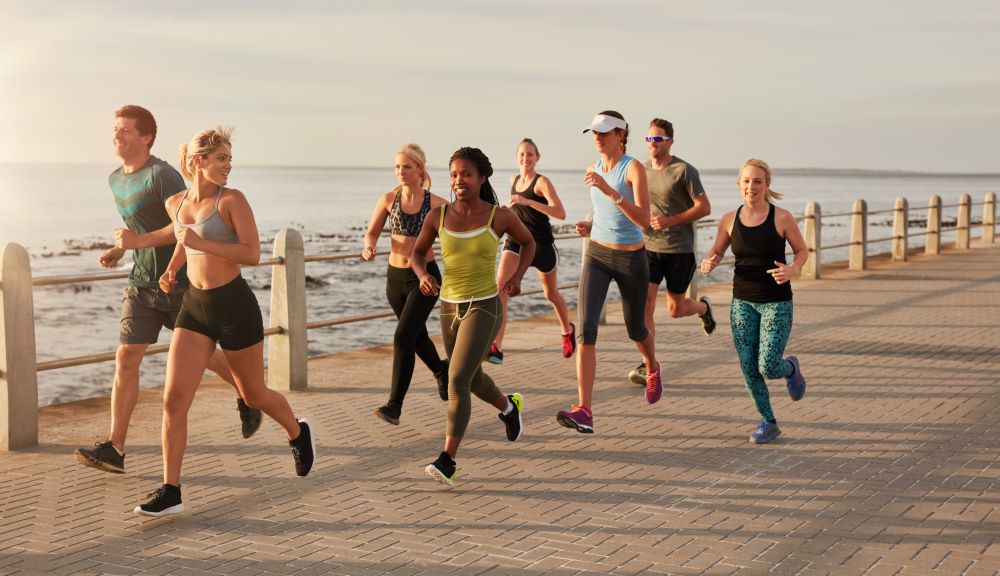
To ensure your running shoes last through both workouts and everyday wear, proper care is essential. Here are some effective tips for maintaining the longevity of your running shoes:
- Regular Cleaning: Dirt and grime can accumulate on your shoes, affecting both their appearance and performance. Use a soft brush or cloth to remove debris after each use, and periodically wash them according to the manufacturer’s instructions.
- Avoid the Dryer: While it might be tempting to quickly dry your shoes in a dryer, this can damage the materials. Instead, allow them to air dry at room temperature, away from direct sunlight.
- Proper Storage: Store your shoes in a cool, dry place. Avoid leaving them in damp areas or inside a gym bag for extended periods, as moisture can lead to mold and unpleasant odors.
- Rotate Your Shoes: If you wear running shoes frequently, consider having multiple pairs. Rotating between different pairs allows each one to decompress and dry out, extending their life.
- Inspect for Wear: Regularly check the soles and uppers for signs of wear. If you notice any significant damage, consider replacing them to maintain optimal support and cushioning.
By following these simple care tips, you can ensure that your running shoes remain in excellent condition, ready for both your fitness endeavors and casual outings.
Alternative Shoe Options for Various Activities

While running shoes are versatile, there are alternatives that might better suit specific activities or preferences. Understanding the right type of shoe for different activities can enhance your comfort and performance. Here are some alternatives to consider:
- Cross-Training Shoes: Designed for versatility, these shoes provide a balance of cushioning and stability. They are ideal for gym workouts, aerobics, and various sports that require lateral movement.
- Walking Shoes: If your primary activity is walking, opt for shoes specifically designed for this purpose. They typically feature extra cushioning and support to accommodate the walking motion.
- Trail Running Shoes: For those who enjoy off-road adventures, trail running shoes provide enhanced grip and protection against rugged terrains. Their sturdier construction makes them suitable for hiking as well.
- Minimalist Shoes: If you prefer a more natural running experience, minimalist shoes offer a lightweight design with minimal cushioning. They allow for a closer connection to the ground, encouraging a more natural running form.
- Sandals or Slides: Perfect for leisure activities or recovery days, sandals or slides offer comfort and breathability, making them a great choice for casual wear.
Each of these alternatives has its own unique benefits, so it’s crucial to choose based on your specific activities and needs. Visit our website to learn more and get started today! Click here.

